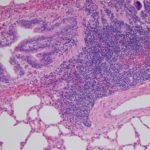
Vet Advice: Eradicating Mycoplasma bovis in New Zealand
All responsible organizations establish goals for themselves. Less than 10 per cent ever achieve them. Goal-setting tips offered by many management gurus and business planners include: Aim high, but start low, celebrate and keep going. Don’t let others set the goals for you. Be clear about what success looks like. Understand why this goal is […] Read more

Managing resistance to internal parasites in cattle
Producers need to tailor parasite control to align with their herds and management systems
Managing internal parasite resistance starts with asking the right questions and understanding the principles of antiparasitic resistance and the range of control products. From there, a producer needs to develop a deworming strategy and pin it to the spring and summer grazing calendar. A veterinarian can help. Antiparasitic resistance is typically defined as the genetic […] Read more
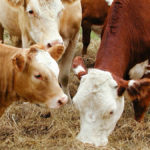
Got livestock feed with high nitrates? Here’s how to manage it
Vet Advice with Dr. Ron Clarke
Hail, drought, spray drift or frost can all disrupt the normal growth of plants, causing nitrate accumulations that can lead to nitrate poisoning. This year, depending where you’re from, had them all. The number of animals affected by acute nitrate poisoning on the Prairies is usually low, but when losses occur, they occur suddenly and […] Read more
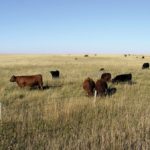
Anthrax: A disease of antiquity spread by ancient human migration
Vet Advice with Dr. Ron Clarke
Historians think anthrax originated in Egypt and Mesopotamia. Biblical scholars suggest that during Moses’ time and through the 10 plagues of Egypt, anthrax may have caused the fifth plague, captured in ancient script as a sickness affecting horses, cattle, sheep, camels and oxen. Homer described a plague that many believe to be anthrax in The […] Read more
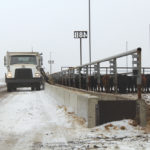
The complicated life of an ionophore
Ron Clarke outlines the basics of how these widely used feed additives work
Ionophores are a class of compounds frequently talked about in animal nutrition, yet infrequently understood by many. First marketed in the 1960s and derived from soil-borne organisms, ionophores are best described as feed additives that reversibly bind ions — chemical entities possessing an electric charge — then subsequently facilitate their transport across membranes. Commonly used […] Read more
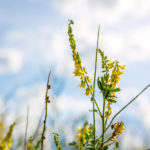
Vet Advice: Avoiding sweet clover poisoning
A variety of bacteria and moulds can grow in sweet clover once baled or put up as silage
Preparing forages and getting them stored in perfect condition seldom happens. Spoilage is often linked to the production of moulds and a broad spectrum of mycotoxins in grains. Syndromes in domestic livestock following consumption of feed containing mycotoxins varies depending on the species of animal involved, the stage of the production cycle when it is […] Read more
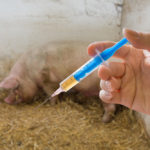
Foot-and-mouth disease remains a threat to North American livestock
North America needs to prepare better for an outbreak of this economically important disease
Foot-and-mouth disease virus and the disease it causes have been intensively studied for decades. Although we know a great deal about the virus and vaccines used to prevent foot-and-mouth disease, it remains endemic across large parts of Africa, South America, the Middle East and Asia, and is a constant threat to North America. Globally, it […] Read more
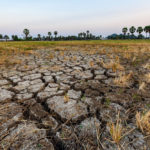
Reading the U.N. report on climate change and food supply
Vet Advice with Dr. Ron Clarke
Everyone involved with livestock industries should be aware of what the United Nations’ Intergovernmental Panel on Climate Change (IPCC) published in their latest report. First, it’s important to recognize the existence of this enormous and noteworthy group of international scientists, experts, advisors, authors, editors and reviewers. Then, more importantly, to understand the message incorporated in […] Read more
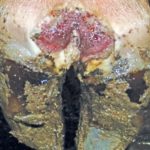
Vet Advice: Digital dermatitis not just a dairy problem
Acute active digital dermatitis lesions can cause pain and lameness in cattle. It can become a significant production problem and a serious animal welfare issue in both beef and dairy herds. Digital dermatitis (DD) — also known as hairy heel warts, strawberry foot rot, raspberry heel, foot wart and hairy heel wart — first appeared […] Read more

Vet Advice: Spot and treat foot rot early
Foot rot is an acute and highly infectious disease of cattle characterized by swelling and lameness. The condition is extremely painful. If not treated promptly, the infection invades other structures in the foot including bones, joints and tendons, complicating treatment and delaying recovery. Foot rot originates between the claws of the hoof. It is more […] Read more



